Parasiter efers to various species that live on parasitism Invertebrates. In many film and television works, the plots in which the host and the parasite coexist harmoniously and even become more powerful are often fascinating. However, the reality is often full of fear and cruelty. Many animals that encounter parasites eventually die tragically. Here are ten parasites that are good at manipulating their hosts, including ironworms, Toxoplasma gondii, two-disc flukes, crab slaves, parasitic wasps, zombie fungi, ladybug braconids, flat-headed mud wasps, acanthus and Medina dragons nematodes. These parasites display amazing survival strategies and control over their hosts.
1. Ironworm
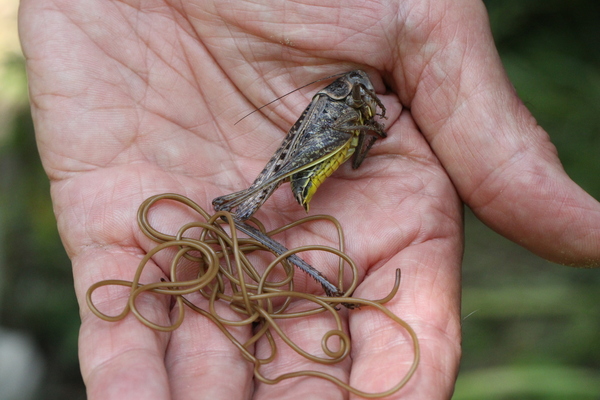
Audiences who have watched "Invasion of the Iron Worms" must be frightened by the parasites in the film. Although real-life iron worms are not as scary as they are exaggerated in movies, they are certainly disturbing enough. Ironworms mainly parasitize insects such as grasshoppers and mantises, and gradually develop and control the host. In order to reproduce, wireworms need to complete their life cycle in an aquatic environment. To accomplish this, the worms produce a chemical that affects the host's nervous system, causing the host to move toward a light source. Since bodies of water can reflect light, movement of hosts toward a light source often results in them eventually jumping into the water. The life cycle of the ironworms, which burrow out of their hosts and then search for their next victim, is shocking.
2. Toxoplasma gondii
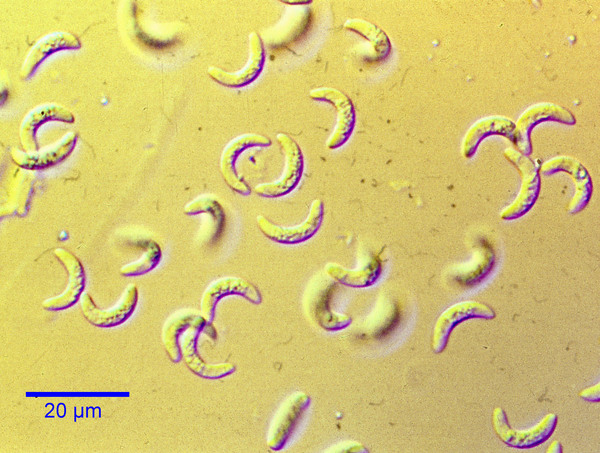
Toxoplasma gondii, also known as Trichoderma gondii, is an intracellular parasite considered one of the most feared parasites because they can lurk around humans. Typically, Toxoplasma is found in poultry and livestock, or in their feces. Once a mouse is infected, Toxoplasma can control dendritic cells and travel freely inside the mouse, almost ignoring attacks from the immune system, and even has the ability to penetrate the blood-brain barrier and change the mouse's dopamine secretion mechanism. This change caused the mice to develop a dopamine reward response to risky behavior, thereby increasing their desire for risky behavior and reducing their fear of predators, making them more likely to be caught by cats. In this way, Toxoplasma finds its final host and fulfills its life cycle mission.
3. Double disc fluke

Dipancoides is a parasite that has stronger host control capabilities than iron worms. It is widely distributed in Europe, India, Taiwan and other regions. It mainly parasitizes snails and birds and is transmitted through the feces of birds. This terrifying parasite invades the snail's eye stalks and creates the appearance of a hopping caterpillar. It then manipulates the snail's brain so that it becomes a veritable "zombie snail" that eventually becomes a meal for the birds. Once ingested by a bird, the two-disc flukes multiply in the bird's gut and the eggs are passed out in the bird's droppings, which in turn become a food source for other snails. Through this cruel and bizarre cycle, the double-disc fluke completes its terrifying life cycle.
4. Crab Slave
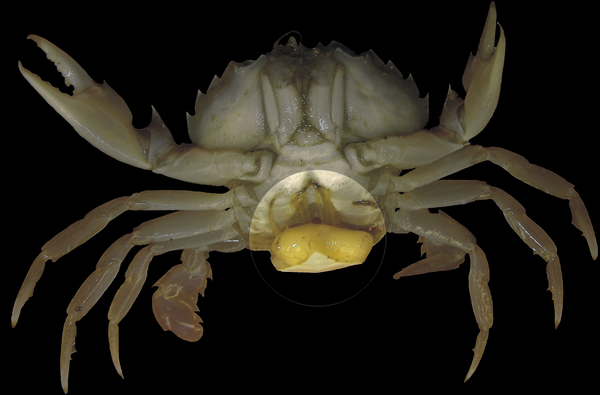
"Crab Slave" is a mysterious barnacle-like creature that lives on crabs and is known as one of the weirdest creatures known to date. The bodies of adult female rhizocephalan barnacles are twisted and deformed, losing their hard shells, legs and eyes, and turning into disgusting yellow roots and tangled filaments, like black mold slowly growing inside a crab. Once the parasite grows to a certain extent, the crab slave worm will expand a pillow-like reproductive organ on the host crab's abdomen, waiting for the arrival of a male crab slave worm to mate and reproduce.
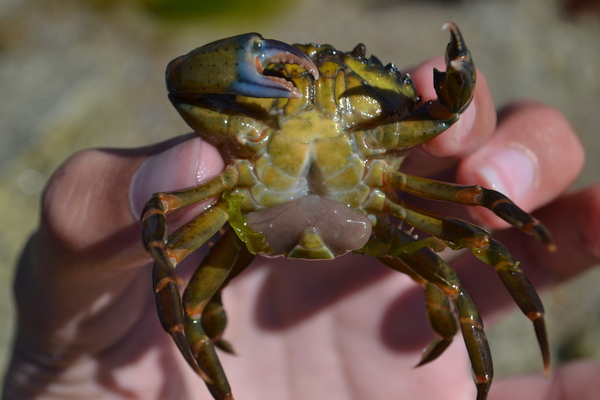
What's even more terrifying is that if the host crab is male, the crab slave can "castrate" it and make it grow an abdomen similar to that of a female crab, making it a surrogate mother with no independent thinking.
5. Parasitic wasp
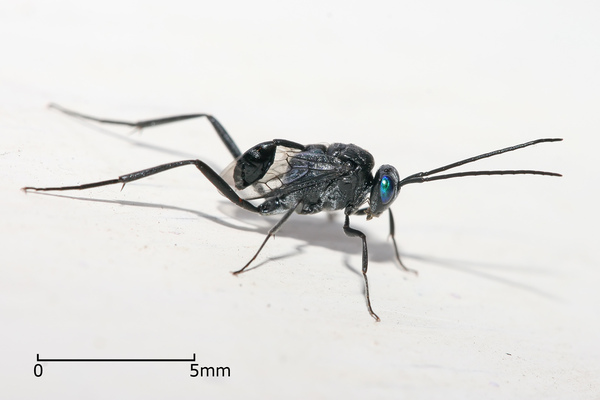
Parasitic wasps are the most common type of parasitoid insects. They have two pairs of thin and transparent wings. The ovipositor is mostly unspecialized as a stinger, which can be used to inject eggs into the host.
There are many types of parasitic wasps that are beneficial insects, especially in agriculture. For example, there are certainparasitic waspsIt is specially designed to remove pests such as stink bugs and locusts. There are several species of parasitic wasps that parasitize pests that appear due to clutter in modern cities, such as cockroaches, flies, etc.
6. Zombie fungus
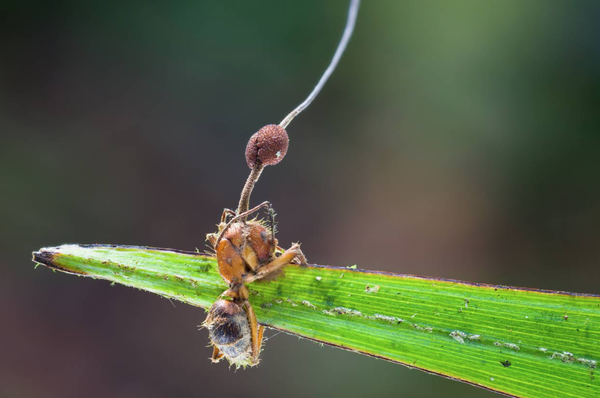
Zombie fungi are a group of fungi called Ophiocordyceps unilateralis, belonging to the kingdom Fungi, which scientists discovered in the Brazilian rainforest. These fungi can infect ants, taking over their brains and exerting "mind control." Once the ants are brought to a location most suitable for the fungus to grow and spread the spores, they are "forced" to commit suicide and end their lives. Of course, ants are not the only victims to be transformed into "zombies", caterpillars are also one of the victims of this tragedy. Once caterpillars are infected with baculovirus, they can also be manipulated to climb to the treetops and wait for the end of their lives without regrets.
7. Ladybug Braconidis
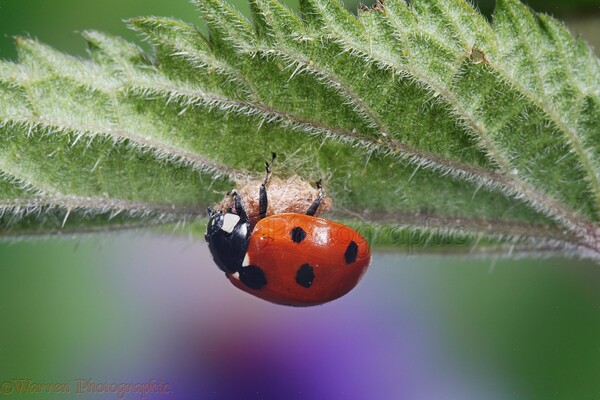
The ladybug braconid wasp is a parasitic wasp that usually targets ladybugs and injects an egg into them. When the wasp eggs hatch, the larvae penetrate the ladybug's gut, open a hole in its underbelly, and spin silk between the ladybug's legs to form a cocoon. At this stage, the ladybug is manipulated into acting as a "bodyguard" for the cocoon, flapping and shaking its legs to repel a predator when it approaches. Sometimes, ladybugs remain vigilant until the larvae emerge from their cocoons; in other cases, ladybugs may be controlled for only a few days. Surprisingly, 30 to 40 percent of parasitized ladybugs survive, and some even continue to reproduce.
8. Flat-headed Clay Wasp
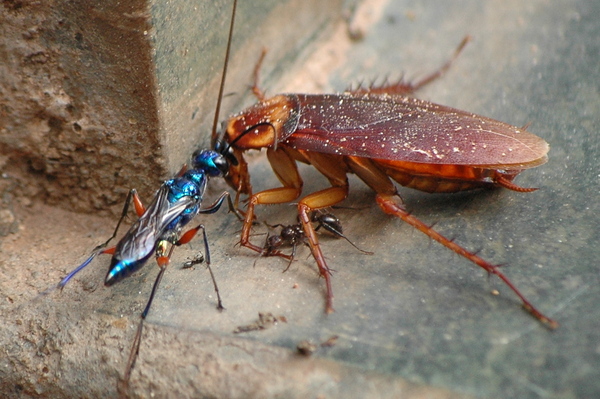
Compared with the ladybug braconid wasp, the flat-headed mud wasp is obviously more feared. Nicknamed nature's "dementor," this tiny wasp can easily control cockroaches that are much larger than itself. After mating, the female wasp will quickly capture the cockroach, first use its stinger to control the target, and then the second sting will accurately target the cockroach's brain. Through the venom, the bees block a neurotransmitter called eucamine, which is similar to dopamine in complex behavioral patterns and is associated with behaviors such as walking. The wasp then manipulates its tentacles on the cockroach's back, guiding it to crawl like a "dog on a leash."
9. Acanthus
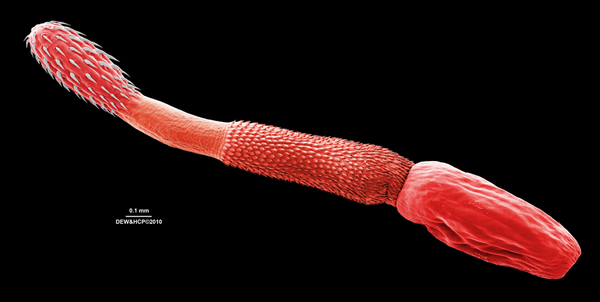
Acanthocephalans often pursue tiny amphipods called amphipods as their hosts. Amphipods often inhabit the turbid bottoms of lakes or ponds. After the acanthus larvae mature, the amphipods are driven out of their comfortable, dark homes and swim towards the brighter parts of the water. This would mean a fatal mistake for the amphipods, but for the acanthocephalans, which have stolen pigment from their hosts and turned orange, it's exactly what they crave. Because only in the intestines of waterfowl can these parasites continue to mature and develop.
10. Guinea worm
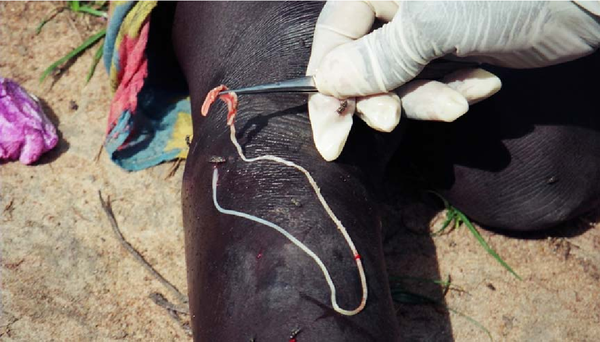
Guinea worm is a parasite that once roamed Africa, and researchers have even found traces of this parasite in ancient Egyptian mummies. Guinea worm can invade humans when they ingest water from ponds or other unclean water sources. No one notices anything wrong with the initial infection, but once the worms mature inside the body, they begin to disrupt the person's nervous system, causing patients to feel constantly thirsty, which drives them closer to water.

Once a victim submerges an arm or leg in the water, the female worm quickly burrows out of the skin and releases millions of larvae, completing its life cycle. What's more serious is that this parasite will continue to live in the human body, posing a long-term threat.
The list of the top ten parasites is mainly based on their popularity and influence. If you have any questions, please leave comments/criticisms at the end.
animal tags: Parasite
We created this article in conjunction with AI technology, then made sure it was fact-checked and edited by a Animals Top editor.